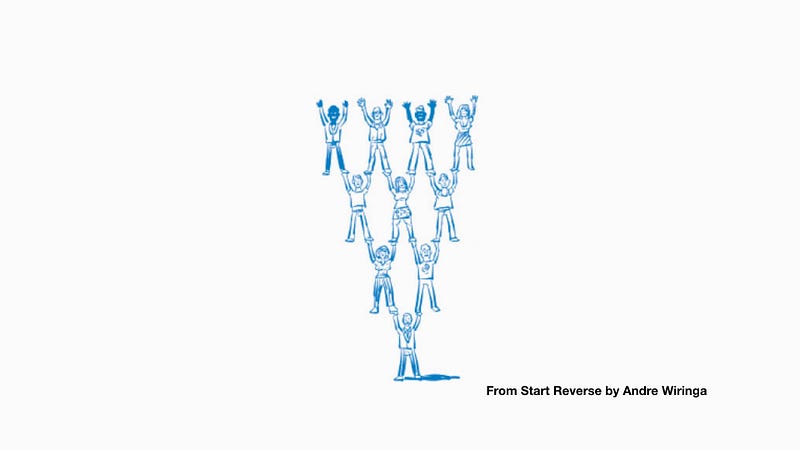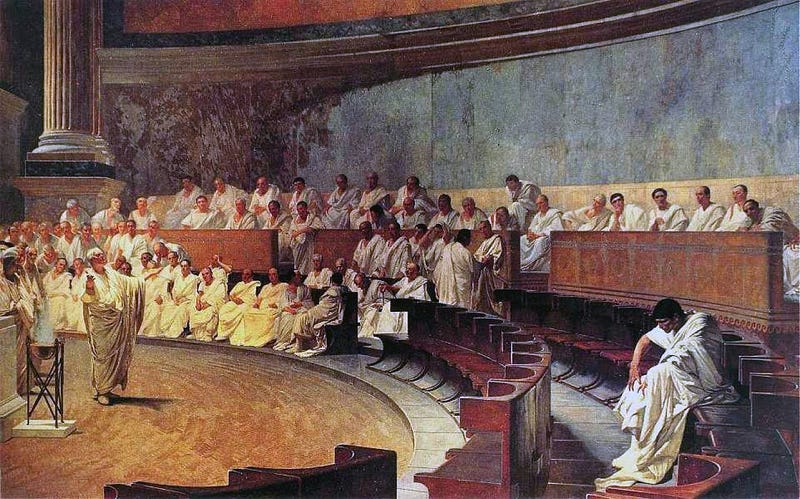
“I worry that business leaders are more interested in material gain than they are in having the patience to build up a strong organisation, and a strong organisation starts with caring for their people.” — John Wooden
Pull Your Socks Up
Imagine the scene…
You have waited for this moment for years. The college basketball team boasts a great record of success for years and the coach commands utmost respect. You arrive for the first session and the coach sits down on a chair to impart his first lesson.
The decorated coach steps up in front of the new recruits and takes the stage. He sits in a chair and proceeds to teach the players how to pull their socks on to avoid wrinkles and ultimately to avoid blisters. He then showed the players the correct technique to tie their laces.
The lesson coach John Wooden wanted to impart is that he cared about the players. He cared about them as people, not just as players. Wooden did not consider himself a manager, but rather a teacher. His lessons were designed to help his players become the best they could in school, at home, and in life and as a result they would be better basketball players.
Wooden won 10 national titles at U.C.L.A. from 1964 to 1975 and was the first person inducted into the basketball hall of fame as both a player and coach.
Outdated Structures
If you google the term “organisational structure” or “org chart”, you will see a pyramid structure with the CEO on top. This is the structure in which leadership operates today.
Organisational structures used today are based on a very outdated model. Organisations are a way of ring-fencing group of people towards a common goal. That goal is achieved through “organising”. Humans always existed in tribes, clans or groups.
Organisational structures date back to ancient Rome who used a bureaucratic military model. This model was then adopted by the Roman Catholic Church. Now, instead of Caesar being at the top of “the pyramid” it was the pope, instead of senators, the Cardinals and instead of plebs, the laity (lay people = not clergy).
These structures were subsequently adopted for the industrial revolution and the transition to new manufacturing processes from about 1760 to 1840.
We still live with these structures today. If ain’t broke then why fix it, right?
Here lies the problem. Structure dictates the relationship of roles within an organisation and therefore dictates how people function and interact. When we put the leader in the role of the pope and the customer or even worker is the pleb, then it influences behaviour. We are seeing a gradual change in organisational structure, which will gradually affect organisational behaviours.
Reverse Leadership

We are living in a time of authenticity and transparency. We are living in a time of scepticism and low trust in companies and brands. The really smart companies have flipped the organisational chart upside down and start with their customer, then their people who interact with their customer and then the (in spirit) higher echelons of the organisation.
Reverse leadership is a leadership philosophy of putting your people before you. It means devoting a large portion of your time to your people. It means clearing the obstacles in front of them. It means training them where they are weak and positively reinforcing where they are strong.
Servant leadership
Closely linked to reverse leadership is servant leadership. The servant-leader shares power puts the needs of others first and helps people develop and perform as highly as possible.
Instead of the people working to serve the leader, the leader exists to serve the people. This is the leadership that John Wooden, unwittingly practised. This leadership philosophy empowers the people and unlocks their true potential.
Does it Work?
When you think of the airline industry you think either business class or economy. When you think economy you think great experience economy or you think low-cost airlines. In the low-cost airline business, it is difficult to differentiate, a low-cost flight is a low-cost flight.
One of the exemplars of the airline industry is Southwest airlines. Established in 1971, Southwest became the fourth largest U.S. Airline. In 2017, Southwest recorded their 44th consecutive year of profitability. For the 24th consecutive year, the airline was named on FORTUNE’s 2018 list of world’s most admired companies. What is their success?
Co-founder and chairman emeritus Herb Kelleher has been the common denominator of this momentous success. Apart from South West being a purpose-driven company and boasting great business acumen, the reverse leadership style of Herb Kelleher has been highly credited.
In an interview with CNBC Kelleher was asked about his different approach to marketing. He answered:
“Yeah, we did have a different take as a matter of fact and that was the employees came first. Employees first, customers second, shareholders third. If the employees serve the customer well, the customer comes back, and that makes the shareholders happy. It’s simple, it’s not a conflict, it’s a chain. If you treated the employees well, if you cared for them, if you value them as people, if you gave them psychic satisfaction in their jobs, that they would really do a great job for the customers and the customers would come back, which would be good for the shareholders. Most companies didn’t operate that way. So we turned the pyramid upside down, in effect, and said the employees come first and they always have. Not just in our minds but in our hearts as well.”
Setting the Stage
When you move from being a player to being a coach in sport there is an initial difficult period. You realise that you cannot “make” anything happen on the pitch from the sideline. When you were a player, you could impact the game with your individual performance, with a storming run, with a big tackle. As a coach, you have to empower the players to play, to make their own decisions on the pitch, you can’t keep sending on messages with the water carriers. Your job is to have given them all the tools they need to be the best they can be. If you can get their attitude right and aligned with a common purpose, then you have done a great job.
They say a farmer does not make crops grow. A farmer prepares the soil and plants the seeds for the crops to grow.
A leader is the farmer.
A leader sets the stage, she does not take it.
IF YOU LIKE THIS POST PLEASE LIKE IT OR SHARE IT SO OTHERS SEE IT
On this week’s innovation show we talk about Reverse leadership and Epic leadership in episode 96: Start Reverse with André Wiringa, CXO and Managing Partner at Solutions Unlimited and author ‘Start Reverse.’
We talk:
The philosophy of starting in reverse
Flipping marketing on its head
Customering
Empowering your people
Experience economy
In-store experience
Business as theatre
Leaders as directors
Workers as cast members.
Purpose economy
EPIC leadership
Reverse leadership
Game-changing brands
Thinking in 5D
“There are no markets; there are only customers! Therefore, we must stop marketing in all of its manifestations. Think reverse and start customering.”
Have a listen:
Website http://bit.ly/2FwsOJw
Soundcloud https://lnkd.in/gBbTTuF
Spotify http://spoti.fi/2rXnAF4
iTunes https://apple.co/2gFvFbO
Tunein http://bit.ly/2rRwDad
iHeart Radio http://bit.ly/2E4fhfl
Subscribe by email http://bit.ly/2EWVlbj
https://soundcloud.com/theinnovationshow/ep-96-start-reverse-with-andre


